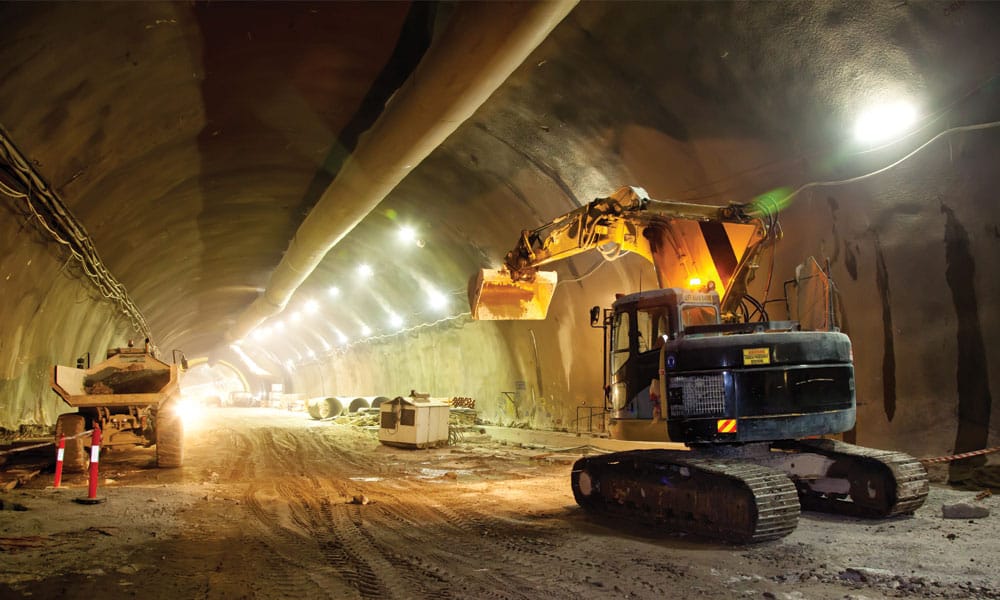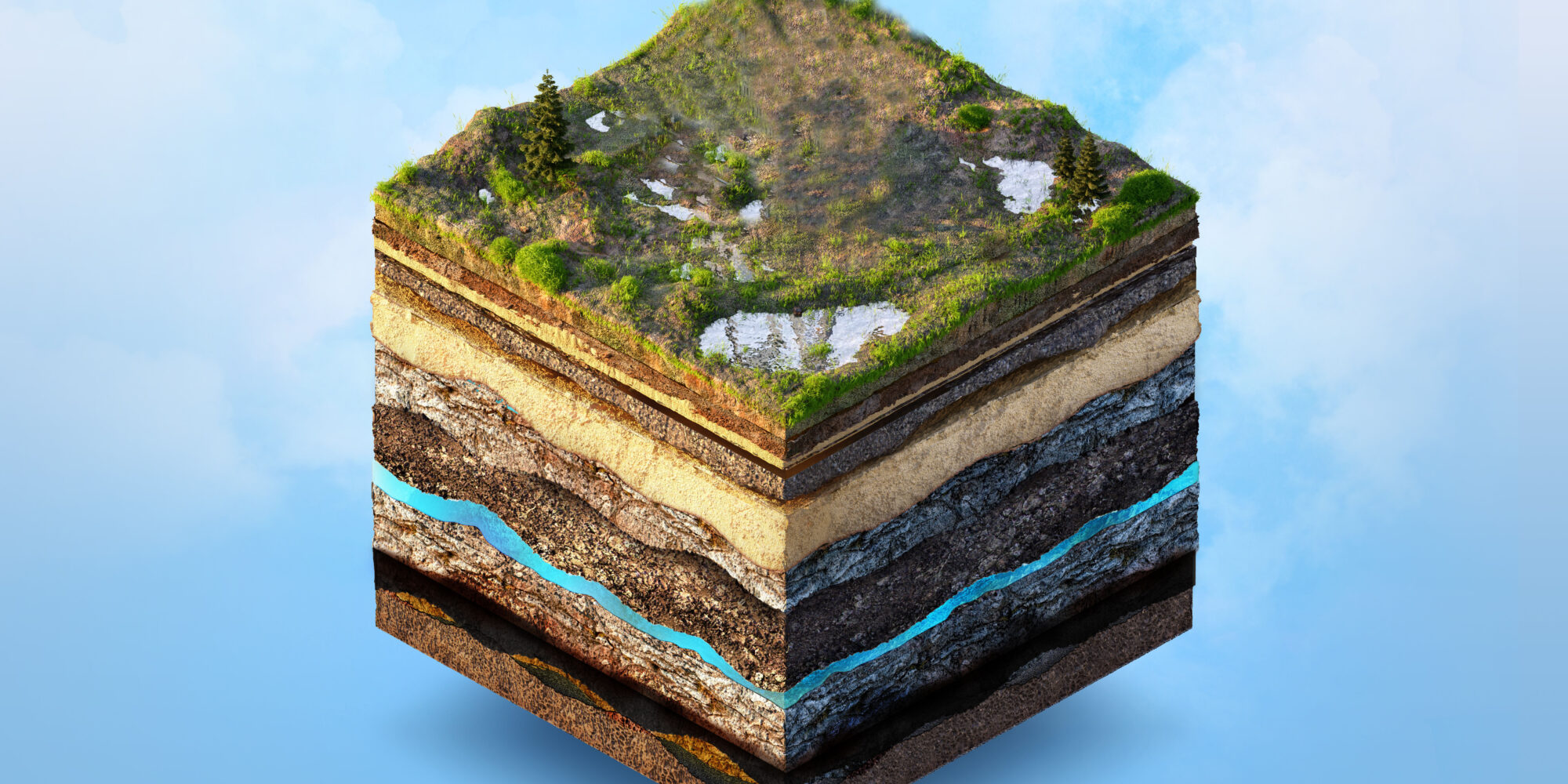Top Advantages of Utilizing Geotheta in Geotechnical Research and Applications
Top Advantages of Utilizing Geotheta in Geotechnical Research and Applications
Blog Article
Diving Into Geotechnical Services: the Crucial Duty of Dirt Evaluation, Quake Threat Evaluation, and Geosynthetics in Building Lasting and Safe Frameworks
In the world of creating safe and lasting structures, the foundation laid by geotechnical solutions plays a critical role. Soil evaluation, quake threat assessment, and the application of geosynthetics are important elements that make sure the stability and durability of buildings. By recognizing the structure of the soil, predicting seismic threats, and integrating innovative products, engineers can alleviate dangers and improve the resilience of infrastructure. The connection in between geotechnical solutions and the safety and security of building and constructions is detailed, forming not only the architectural strength however likewise the environmental impact of our constructed setting. The synergy in between these elements creates the backbone of a conversation that explores the complex web of aspects that contribute to the development of lasting and protected erections.

Value of Dirt Analysis
Recognizing the importance of soil evaluation is critical in guaranteeing the structural integrity and stability of any kind of construction job. Dirt evaluation supplies vital details concerning the dirt make-up, toughness, and potential dangers that might impact the structure of a structure. By carrying out detailed dirt evaluation, engineers can identify the appropriate structure layout, building and construction methods, and needed precautions to mitigate any type of possible hazards.
Among the primary factors soil evaluation is vital is its duty in identifying dirt residential properties that can influence the stability of a structure. Elements such as soil bearing ability, settlement qualities, and water content can considerably influence the structural efficiency of a building project. Without correct dirt analysis, the foundation may be at threat of clearing up erratically, resulting in architectural damage or perhaps collapse gradually.
Moreover, soil analysis aids in evaluating the danger of natural calamities such as landslides, floods, or earthquakes. By comprehending the soil's actions under various problems, designers can carry out ideal actions to boost the strength of the structure and ensure the security of passengers. geotheta. In final thought, soil evaluation is a basic action in the construction procedure that ought to never be overlooked
Assessing Quake Dangers
Offered the critical function of dirt analysis in establishing structural stability, it is important to also examine earthquake threats when preparation and constructing buildings and infrastructure. Quake threat assessment entails reviewing the potential seismic risks that a website may deal with based on its place and geological characteristics. This procedure aids designers and designers recognize the degree of threat postured by earthquakes and help in making frameworks that can withstand such occasions.
Evaluating quake dangers typically includes researching historical seismic task in the area, figuring out the website's proximity to geological fault, and examining the dirt composition to anticipate just how the ground will certainly react to seismic waves. By carrying out a detailed earthquake danger analysis, designers can implement appropriate mitigation steps, such as integrating seismic-resistant layout features into buildings, to enhance their resilience against earthquakes.

Duty of Geosynthetics
Geosynthetics play a vital role in boosting the performance and longevity of civil engineering structures. These synthetic products, such as geomembranes, geogrids, and geotextiles, use a wide variety of functions that add to the overall security my sources and durability of different building projects. One key element of geosynthetics is their support capability, where they can enhance the toughness of soils, giving enhanced support for roadways, embankments, and retaining walls. By distributing lots much more effectively and reducing settlement, geosynthetics assist stop structural failures and preserve the stability of the constructed environment.
Additionally, geosynthetics serve as barriers, supplying protection against great post to read water infiltration, chemicals, and other unsafe compounds that could jeopardize the architectural stability of a job. They are likewise used in water drainage applications to promote the reliable circulation of water, protecting against saturation and disintegration of soil. In addition to their technological features, geosynthetics are valued for their sustainability, as they can lower the need for natural deposits and lower building and construction prices. Generally, the tactical consolidation of geosynthetics is vital for guaranteeing the resilience and security of modern infrastructure tasks.
Building Lasting Structures
The application of eco mindful techniques in building and construction is crucial for fostering the advancement of sustainable frameworks. Building sustainable frameworks includes using materials and design techniques that minimize ecological effect, reduce power consumption, and promote lasting durability. Integrating sustainable techniques such as using recycled materials, enhancing energy efficiency, and applying green building qualifications like LEED can considerably enhance the ecological performance of a framework.
One secret aspect of building lasting structures is the effective use resources. This consists of making structures that maximize natural light, air flow, and insulation to lower the dependence on synthetic illumination, heating, and cooling systems. Additionally, integrating eco-friendly power resources such as photovoltaic panels or wind generators can further decrease the carbon footprint of a building while additionally potentially reducing long-term energy costs.
Additionally, sustainable frameworks frequently prioritize water conservation by incorporating features like rain harvesting systems, low-flow components, and drought-resistant landscape design. By adopting these eco-friendly methods, construction tasks can not only reduce their ecological influence but likewise add to developing healthier and a lot more resilient built settings for future generations.
Ensuring Security in Building And Construction
In the world of sustainable building methods, a basic concern is ensuring the security of all workers entailed in the building procedure. Safety in building and construction includes numerous elements, including the usage of appropriate individual protective tools (PPE), adherence to security procedures, regular training on danger acknowledgment and mitigation, and the execution of emergency feedback plans.

Verdict
Finally, soil analysis, earthquake risk evaluation, and making use of geosynthetics play important duties in making sure the sustainability and security of frameworks. By comprehending the homes of dirt, examining earthquake risks, and making use of geosynthetics for reinforcement, designers can construct frameworks that are both long lasting and resistant. It is essential for construction specialists to prioritize these geotechnical services to produce risk-free and sustainable structures for the future.
Dirt evaluation, quake risk evaluation, and the implementation of geosynthetics are crucial elements that ensure the stability and longevity of buildings. Dirt analysis offers crucial info concerning the soil structure, strength, and prospective threats that may influence the foundation of a structure.One of the main reasons soil evaluation is essential is see here now its duty in recognizing soil properties that can influence the security of a building.In conclusion, dirt evaluation, quake danger evaluation, and the use of geosynthetics play essential roles in making certain the sustainability and safety and security of frameworks. By comprehending the homes of soil, evaluating quake dangers, and utilizing geosynthetics for support, designers can construct frameworks that are both resistant and long lasting.
Report this page